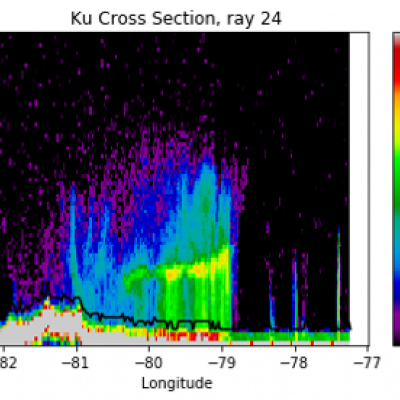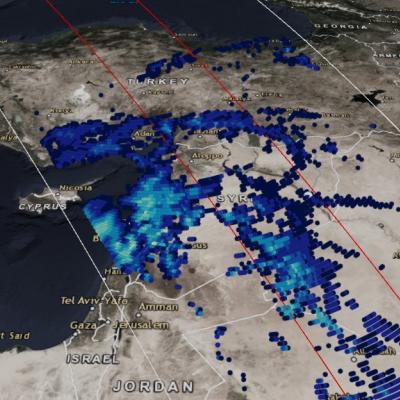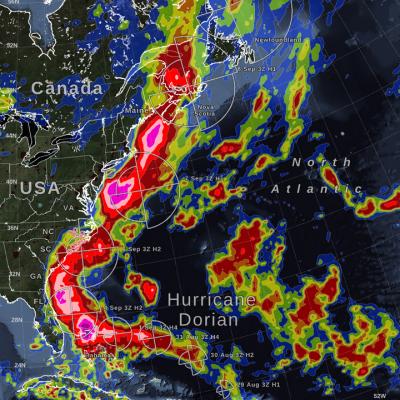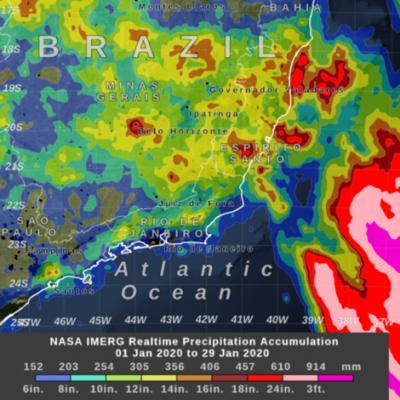Resumption of GPM Core Observatory Science Operations and NRT Data
On 26 August 2020 at approximately 14 UTC GMI was commanded into science operations mode. Since that time PPS has been producing level 1 and level 2 GMI data. Everything continues to be nominal with GMI science operations. On 26 August 2020 at approximately 23 UTC the DPR was commanded into science operations mode. Since that time PPS has been receiving 1B data from JAXA and producing L2 products including the combined GMI/DPR product. Everything continues to be nominal with DPR science operations. Users are free to resume retrieving GPM NRT data. Initial investigation indicated that the







